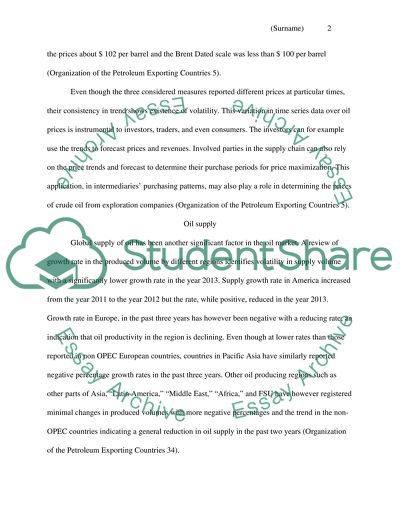Cite this document
(“Oil Market Essay Example | Topics and Well Written Essays - 1250 words”, n.d.)
Retrieved from https://studentshare.org/finance-accounting/1478832-oil-market
Retrieved from https://studentshare.org/finance-accounting/1478832-oil-market
(Oil Market Essay Example | Topics and Well Written Essays - 1250 Words)
https://studentshare.org/finance-accounting/1478832-oil-market.
https://studentshare.org/finance-accounting/1478832-oil-market.
“Oil Market Essay Example | Topics and Well Written Essays - 1250 Words”, n.d. https://studentshare.org/finance-accounting/1478832-oil-market.


